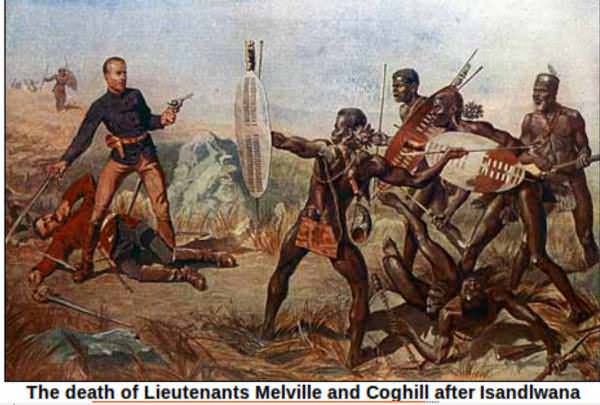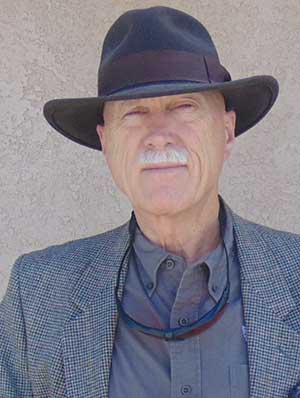By Dean Weingarten


Arizona – -(Ammoland.com)- Disarmists use the bandwagon fallacy, (argumentum ad populum) to promote citizen disarmament.
In essence, the non-argument makes the claim; everyone else disarms their population – so we should do the same. This is a logical fallacy.
Perhaps you remember a parent telling you “if everyone is jumping off a bridge, it does not mean that you should”.
How did most of the rest of the world come to have gun control imposed on them? It was done by force of arms.
Personal guns are a fairly recent innovation. They did not become common until the middle 1400’s. Guns that could effectively be used by a single person were available by 1500. We have about 500 years of gun history.
Gunpowder was first discovered / invented in China. It may have been reinvented or discovered in Europe and India. It was Europeans that developed the gun into a practical personal weapon. In 1500, Europe was the center of gun development. Guns were adopted by the Ottoman empire, and spread to India. Foreign experts, often from Europe, where commonly utilized to operate them.
China may have suppressed the development of guns deliberately. The record is unclear, but it is clear that from 1500 on, the major developments in gun technology came from Europe.
Europeans underwent the black death shortly before the introduction of the gun. The loss of up to a third of the population made the remainder much more valuable. The development of the gun, the Reformation, the Renaissance, much wider availability of literacy and printed material, all interconnected and interrelated, followed. The technological advances among competitive states, spurred by numerous wars, including wars fought to roll back Muslim invasions, led to the abilities of the Europeans to navigate around the world, dominate other cultures, and to create vast empires.
The first reason for gun control around the world is war, conquest, and empire. The masters of the European Empires did not want their subjects armed, for fear of revolt. They had a clear technological superiority of arms, and they desired to keep it. The United States, as a set of colonies, was already armed. They refused to disarm, revolted, and escaped the fate of other parts of the British Empire.
Japan resisted colonization. It imposed strict gun control to protect its elites from its people, actively suppressing gun technology.
India had strict gun control imposed by the British Empire, and the local ruling elites. When India became independent, the Indian government kept gun control and strengthened it.
Africa had gun control imposed by various European empires, British, French, German, Italian.
The Dutch imposed gun control in Indonesia; The French in Vietnam; the Spanish and then Americans in the Philippines. The Portuguese imposed gun control in Brazil and the Spanish in South and Central America.
World War I started the next great wave of gun control. Instead of Empires disarming their foreign subjects, elites feared revolution by their own people and worked to disarm them. Communism is part of this wave. One of the first priorities of the Communists in the Soviet Union was to implement strict gun control. In much of the rest of Europe, gun control was implemented as a reaction to Communism. The assassination of the Archduke Ferdinand of the Austro-Hungarian Empire, which is credited with starting the First World War, certainly did not help.
In England, there were virtually no gun controls until after the First World War. Joyce Lee Malcolm and Colin Greenwood conclusively show the impetus for British gun control was fear of revolution, not crime. As part of the British Empire; Canada, Australia, South Africa, and New Zealand laid down the foundations of their current gun control schemes in the 20’s and 30’s. The basis for federal gun control was established in the United States in the 1930’s, as part of the Franklin Roosevelt regime’s consolidation of power.
Most of European Gun control was created in the turbulent time between WWI and WWII. Gun control was imposed on much of Eastern Europe by the Soviets after WWII.
Switzerland was and is a clear exception. Guns are fairly easy to get in Switzerland, even with the controls added in 1998. Switzerland has murder rates so low that only a tiny number of countries can match them.
The Middle East had gun control imposed by the Ottoman Empire and the British Empire.
China had gun control imposed by its Imperial government. As China revolted against colonial rule, the European powers imposed gun control on the Chinese government, then a corrupt Nationalist Government did so against its own people, then the Communists imposed even stricter controls when they gained ascendancy after WWII and the defeat of the Japanese by the allies.
Some countries came out from under the thumb of gun control after they gained independence from Europe. Guns were generally available after the Bolivian revolutions in Central and South America. They were freely available in Costa Rica up until the 1980’s. Guns were easily available in Argentina, Chile, Guatamala, Columbia, Nicaragua, and Uruguay for many decades. Mexico had a period when guns were not terribly hard to get, from the 1930’s to the 1970’s. Gun control carried over in Brazil from the Empire, after independence, becoming progressively harsh. A combination of threats of revolution and crack downs on the individual ownership of arms by authoritarian regimes of the left and right, imposed increasing gun control on all those societies over the last 40 years. Uruguay and Chile, Costa Rica and Panama are the least restrictive at present. Jamaica had relatively mild gun control laws in the 1960’s, and imposed strict gun control after independence. The United States Virgin Islands inherited their strict gun control laws from the DutchDanish empire. The United States bought the Islands in 1917.
The pattern is clear. Disarmament of people is not done to save them from criminals. It is done to keep them under the thumb of the ruling government.
In large portions of the world, it was imposed by outside conquerors, aided by the fact that many indigenous populations did not have the technology necessary to make their own firearms.
Revolutions in other countries gave lip-service to the right to be armed, but always left the State in charge. Mexico, for example, guarantees a right to arms – regulated by the State. Mexico has devolved to the point that there is only one legal gun store in the entire country, in Mexico city. It is state run, and sells few guns.
Only two societies have escaped the tyranny of gun control imposed by ruling elites. They are the United States and Switzerland. Both are federal republics. In both, the power of the state is limited by using divided government power as a means of checks and balances.
American armed society is truly one of exceptionalism. We have been able to keep government power limited, most of the time, in some ways. Most other countries have not.
c2016 by Dean Weingarten: Permission to share is granted when this notice is included. Link to Gun Watch
About Dean Weingarten;
Dean Weingarten has been a peace officer, a military officer, was on the University of Wisconsin Pistol Team for four years, and was first certified to teach firearms safety in 1973. He taught the Arizona concealed carry course for fifteen years until the goal of constitutional carry was attained. He has degrees in meteorology and mining engineering, and recently retired from the Department of Defense after a 30 year career in Army Research, Development, Testing, and Evaluation.
